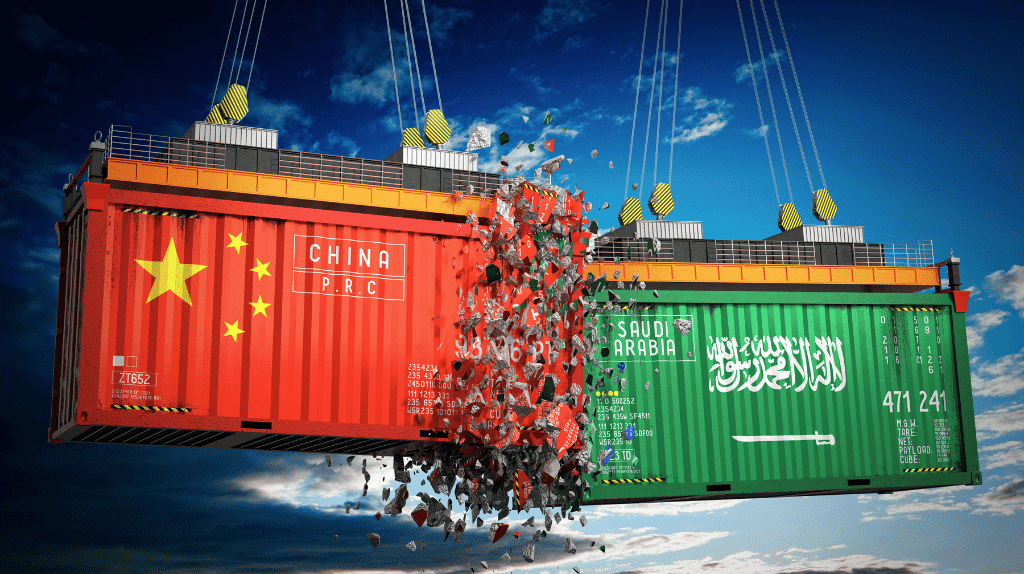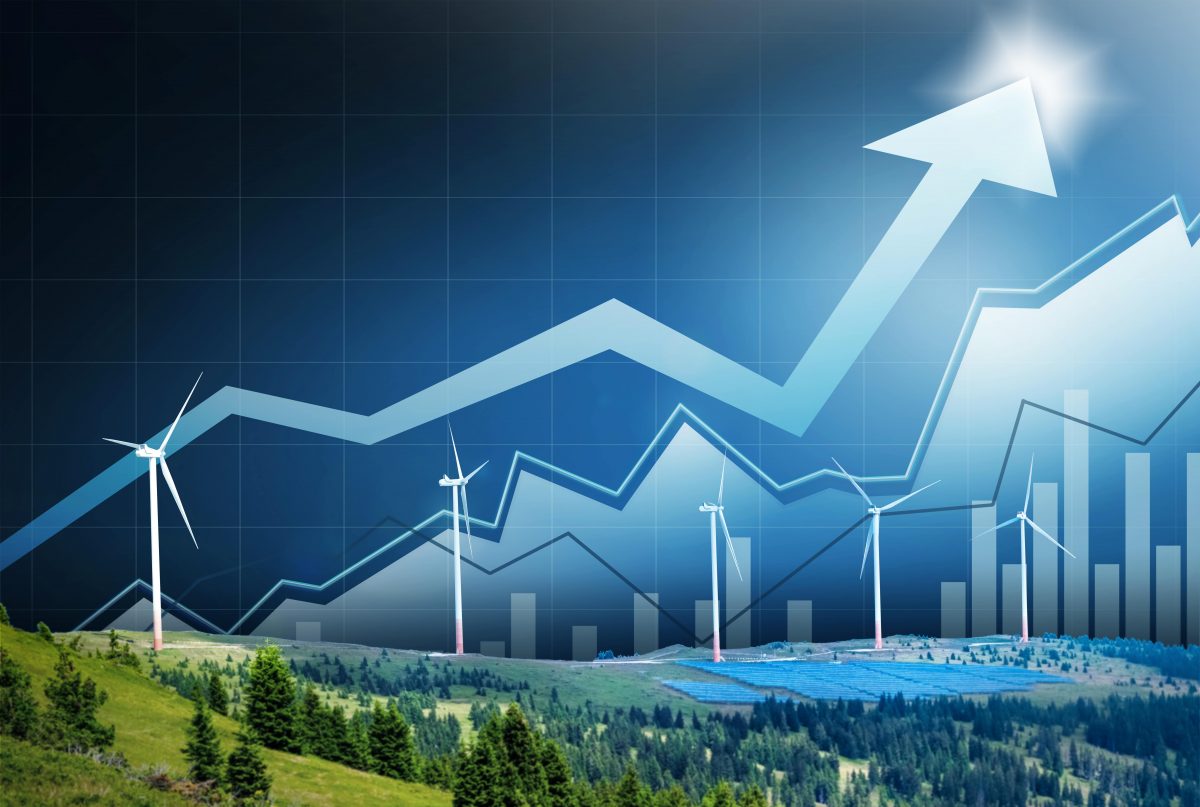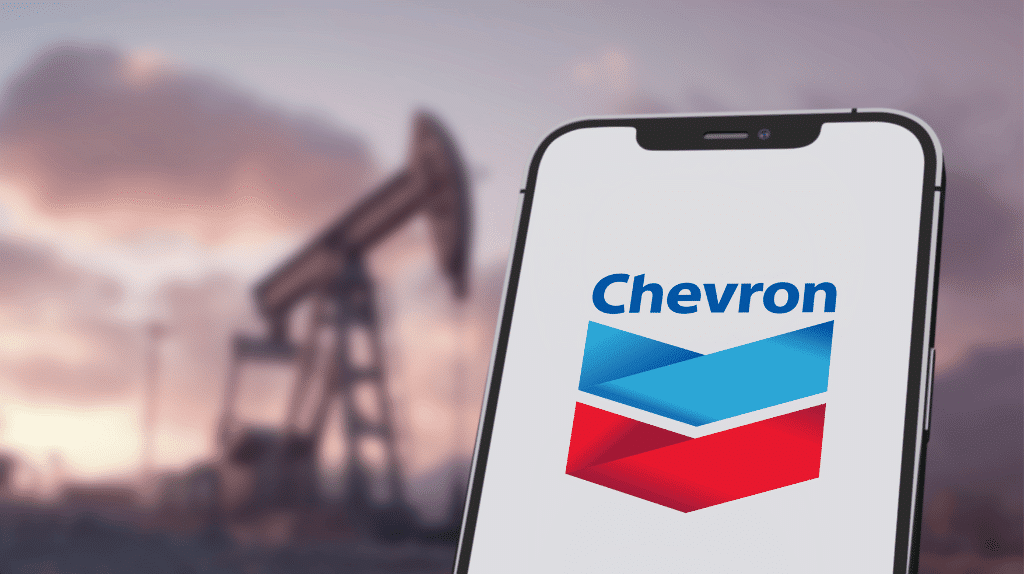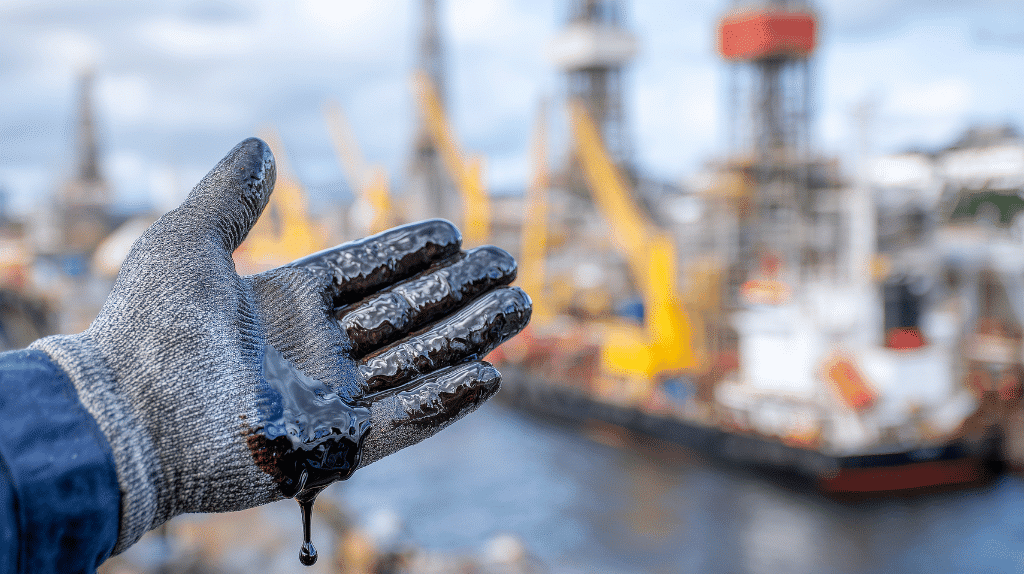Riyadh’s strategic alliance with Beijing is accelerating its energy transformation, undermining western hegemony and anchoring the kingdom in Asia’s multipolar future.
Saudi Arabia is no longer merely the world’s oil well. Under Crown Prince Mohammed bin Salman’s (MbS) sweeping reforms of Vision 2030, Riyadh is racing to transform its hydrocarbon-based economy into a diversified energy powerhouse. In a deeply geopolitical transition, the kingdom has been turning decisively eastward toward China.
For decades, the Saudi social contract was underwritten by crude oil revenues. Now, that contract is being redefined. The state’s ability to fund strategic transformations from green hydrogen megaprojects to solar deserts is increasingly sustained by non-oil income, which now comprises 40 percent of total government revenue.
This shift reflects a deliberate policy of economic diversification to end what MbS has described as the country’s “addiction to oil,” bolstered by a strategic partnership with China, which has accelerated the kingdom’s energy transition and opened new geopolitical horizons.
Saudi Arabia is increasingly turning toward Beijing, while China is strengthening its presence in West Asian markets and regional influence, with far-reaching implications for the structure of the global energy system and the balance of power in the region.
Recasting the energy blueprint
The transformation began in earnest in April 2016, when then-defense minister MbS introduced Vision 2030.
This document laid out a comprehensive roadmap to shift Saudi Arabia’s economic foundations away from oil dependency.
Our country is rich in its natural resources. We are not dependent solely on oil for our energy needs. Gold, phosphate, uranium, and many other valuable minerals are found beneath our lands. But our real wealth lies in the ambition of our people and the potential of our younger generation.”
Among its stated goals: raise foreign direct investment from 3.8 to 5.7 percent of GDP, expand the private sector’s role from 40 to 65 percent, increase non-oil exports from 16 to 50 percent of GDP, and develop strategic sectors including tourism, mining, renewable energy, and defense manufacturing.
To achieve these ambitions, Riyadh earmarked nearly $270 billion for renewable energy projects. Solar energy forms the spine of this transformation. Projects like the King Salman Renewable Energy Initiative and the solar mega-plant under construction in the ambitious smart city NEOM, expected to deliver 2.6 gigawatts and power over a million homes, represent the scale of the kingdom’s ambitions. Wind energy is gaining traction, too. The 400-megawatt Dumat al-Jandal wind farm is already operational, supplying electricity to around 70,000 households.
Perhaps the most revolutionary pillar of this strategy is green hydrogen. Currently, the world’s largest green hydrogen-based ammonia production facility run on renewable energy is being established by NEOM Green Hydrogen Company.
By using renewable electricity to split water molecules, Saudi Arabia plans to produce emissions-free hydrogen fuel. These developments are underpinned by partnerships with global firms like SEFE Energy and prominent Chinese clean tech investors. The ultimate goal is to become a major exporter of clean energy, enabling Riyadh to decarbonize its economy while maintaining its status as an energy superpower.
Data from the Saudi Ministry of Finance shows that in 2024, total government revenues reached 1.26 trillion riyals (about $336 billion), a four percent increase year-on-year. Spending climbed to 1.37 trillion riyals, up six percent, widening the deficit to 115.63 billion riyals. Within this structure, non-oil revenues approached half of all state income for the first time, representing 502.47 billion riyals, or 40 percent of the total, after an annual growth rate of nearly 10 percent.
Taxes on goods and services dominated at 57.5 percent of this figure, followed by non-tax revenues, capital gains, and international trade taxes. Meanwhile, oil’s share of revenue slipped to 60 percent, reflecting Riyadh’s compliance with OPEC+ output cuts. These fiscal shifts are steadily realigning the budget, reducing volatility, and strengthening the kingdom’s ability to finance its long-term energy diversification.
The Saudi–Chinese energy axis
Riyadh’s energy ambitions are closely tied to its growing strategic relationship with China. Over the past two decades, Saudi Arabia has redirected its oil exports toward the east. In the first five months of 2025, China accounted for 24.3 percent of Saudi oil exports, followed by Japan (16.5 percent), South Korea (15.4 percent), ASEAN states (11.3 percent), India (10 percent), and Taiwan (4.1 percent). In contrast, the US received just 3.3 percent, and the EU a mere 0.2 percent.
This is a calculated shift in Saudi strategy, aligning the kingdom’s energy future with the rising economies of East Asia. Aramco’s long-term supply contracts and joint ventures with Asian partners are designed to lock in market share and deepen economic integration.
One landmark deal was struck in March 2023, when Aramco acquired a 10 percent stake in China’s Rongsheng Petrochemical for $3.6 billion in exchange for a 20-year supply contract delivering 480,000 barrels per day (bpd). Additional joint projects in northeast China will increase total supply by another 690,000 barrels daily.
Saudi Arabia is also laying the groundwork for clean energy exports. It has signed memoranda of understanding (MoU) with energy companies in Japan, South Korea, and Germany to pilot shipments of blue and green ammonia. These efforts mirror the export strategies of major liquefied natural gas (LNG) producers like Qatar and aim to secure Riyadh’s dominance in the emerging hydrogen economy.
Renewable infrastructure: Fast-tracked and eastbound
According to the Middle East Economic Survey (MEES) issued in February 2025, Saudi Arabia’s renewable electricity generation capacity will nearly double this year, rising from about 6.5 gigawatts (GW) to around 12.7 GW by year’s end.
This includes several projects, most notably the 91‑megawatt Layla solar photovoltaic plant being developed jointly by Saudi and Chinese companies. To address the natural intermittency of solar and wind, Riyadh plans to pair this growth with battery storage systems.
Saudi Arabia also boasts ultra‑competitive renewable electricity costs. One solar project was priced at $0.0129 per kilowatt‑hour – among the lowest in the world. This strengthens Riyadh’s ambition to become a major exporter of green hydrogen, despite continued doubts over fluctuating demand and infrastructure costs. Work has already begun on a massive green hydrogen facility in NEOM on the Red Sea coast.
Today, Saudi Arabia dominates the region’s renewable energy growth, accounting for more than 40 percent of the expansion projected between 2024 and 2030. The UAE, the Israeli occupation state, Oman, Egypt, Iraq, and Morocco combined represent another 44 percent.
Beyond climate pledges, two structural drivers fuel this surge: soaring domestic demand and climate‑induced stress. Peak demand has reached record levels in Kuwait, Egypt, Algeria, Oman, and Iraq, triggering outages in Egypt and Kuwait’s first‑ever nationwide blackout. Saudi Arabia itself saw record consumption in 2023 amid rapid population and economic growth.
Aramco’s evolution: Beyond hydrocarbons
While oil remains a foundational pillar of the Saudi economy, Aramco has repositioned itself as a diversified energy giant. In 2020, it shipped the world’s first 40-ton batch of blue ammonia to Japan in a pilot project.
By 2021, Saudi energy officials were discussing plans to supply hydrogen to Asia and Europe. Aramco has committed to producing 11 million tons of low-carbon blue ammonia annually by 2030, supported by the kingdom’s natural gas reserves and geological carbon storage capacity.
Last year, the country’s sovereign wealth fund, the Public Investment Fund (PIF), launched a $10-billion energy solutions company to finance green hydrogen and related infrastructure. Meanwhile, Aramco continues to pursue international partnerships and domestic investments to consolidate its role in the energy transition.
Saudi Arabia understands that securing long-term hydrogen contracts today may yield the same strategic advantages that long-term LNG contracts brought Qatar. Riyadh’s leadership has actively hosted global hydrogen forums and positioned the kingdom as a future energy hub in a multipolar world order.
Climates, consumption, and regional urgency
Saudi Arabia’s renewable energy push is driven not only by diversification but also by necessity. The Persian Gulf region is warming rapidly, and electricity demand is surging. In 2023, Saudi power consumption reached record highs.
This demand surge is largely climate-induced. As temperatures rise, cooling requirements skyrocket. West Asian states, including the occupation state, are struggling to maintain energy stability amid growing populations and urban expansion. Saudi Arabia’s strategic investment in renewables is also an investment in energy security.
Its natural environment is a critical asset. With some of the most solar-suitable land on the planet and significant wind corridors, the kingdom can produce clean energy at ultra-competitive rates. These conditions, combined with aggressive policy support and Chinese investment, make Riyadh a formidable player in the future global energy economy.
A new map of power
Saudi Arabia’s transformation marks a reordering of energy, economy, and influence, clearly making more than a mere national project.
By reducing its reliance on oil and embedding itself within Asia’s economic ascent, Riyadh is openly challenging the dominance of the western‑led energy system. The kingdom is no longer content to remain an oil exporter and is positioning itself as a supplier of electricity, hydrogen, and advanced energy technologies.
As Washington’s sway diminishes, Beijing’s presence grows. Saudi Arabia’s eastward energy shift declares that the future of global power, and the expansion of Saudi influence, will be shaped not in the Atlantic, but across Eurasia.
By: Mohamad Hasan Sweidan / AUG 21, 2025.










